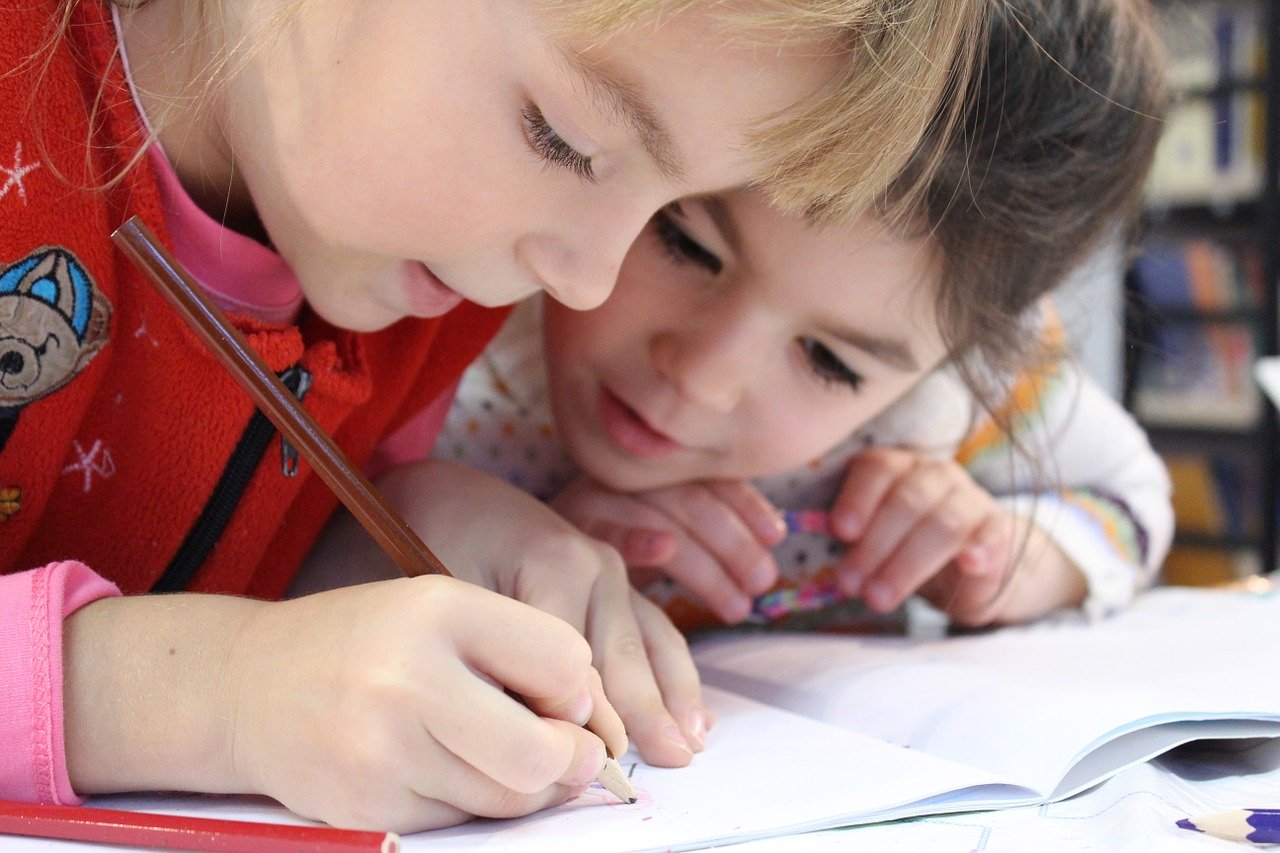Drawing is a wonderful new hobby that you can indulge in. It is the perfect way of expressing yourself, especially when you are an introvert who likes to keep to yourself. However, not all people are born with the gift of talent for drawing. And if you are not blessed with artistic hands but have the strong will to learn how to draw, then follow your passion. Remember that drawing can become a handy skill as long as you take the time to learn to draw for beginners like yourself. And in this post, we have created a guide on how you can start your drawing hobby or career.
Purchase drawing supplies
As a newbie in the drawing world, you actually need only a No. 2 pencil and blank paper. You can start drawing whatever comes to mind with your pencil and a drawing pad, and develop your skill from there. And if you are truly serious about learning how to draw, then you need to get acquainted with the basic drawing supplies.
- Artist’s pencils – these are pencils used by architects and serious drawing hobbyists. Depending on the pencil brand, the hardness ranges from very soft or 9B, to very hard or 9H. Finer lines are generated from the hardest graphite or clay core, and beginners typically choose 2H, 2B, HB, 6B, and 4B.
- Pencil sharpener – purchase a sharpener with a plastic blade, since that style is great for beginners and experts.
- Erasers – in drawing, it is crucial to have a clean surface, even when you need to erase some sections. That is why you need kneadable erasers. This kind of eraser can be folded and stretched. Another kind of essential eraser is a white plastic eraser that can be contoured with a knife in order to create a fresh edge to handle crumbly lines.
- Paper – there are many kinds of paper for drawing, and you can find them all in a reliable art supply establishment. You can choose from newsprint, rag drawing board, and other types. But as a beginner, it is ideal to opt for newsprint due to its affordability. Plus it comes in various sizes. And as a novice, you can choose from a compact 9” x 12” newsprint, or a roomy 18” x 24” pad.
In your first purchase of drawing supplies, buy simple items first. Do not get overwhelmed with the choices, but choose those that are suitable for beginners. Then as you learn to master the art of drawing, purchase more complex supplies. Take it step by step, and learn well.
Buy a sketchbook
All artists need a sketchbook, so it is best if you buy one. Remember that the size of your sketchbook matters. You would need to bring your sketchbook everywhere you go, so when inspiration hits, you have the means to draw. Choose a sketchbook size that can fit your regular bag that you use daily. Or you can buy one with a large size and keep it in your car, or anywhere that is easily accessible.
The type of paper is also important in a sketchbook. It must be smooth and clean so you can draw even lines. You also need to decide if you want unlined paper, or a sketchbook with lined or griddled papers.
Another thing you need to consider in purchasing your first sketchbook is the binding. There are spiral bound, soft bound, hard bound, and tape bound sketchbooks. However, the first three sketchbooks mentioned are difficult to lay on the ground or flat surface. It can get complicated for you to draw in these types of binding. But a tape bound sketchbook is perfect for drawing in a flat table. And as a beginner, it is recommended that you choose the latter.
Drawing exercises
The only way that you can learn and be better at drawing is to engage in drawing exercises. You now have your sketchbook and drawing supplies. It is time to look for inspiration and start drawing. There are beginner exercises that you can follow to hone your drawing skills.
- Outline – select a subject that has an ordinary shape, like an apple or other fruits. Create an outline in your sketchpad of your chosen subject, and draw an outline over and over. Get comfortable with drawing an outline, and move on to another subject once you have perfected one outline.
- Contours – once you feel absolutely comfortable in outlining basic shapes, you can move on to the next level. Since you are familiar with the outline of your subjects, try to trail the contour of your first subject. Use your imagination and see if your hand can remember the outlines of your subject. Since you have practiced outlining so many times, contouring without looking at your subject should come easy.
- Shading – look for the best drawings of your subject in your sketchbook, and add depth into them. Use your pencil to create shading on your subject by paying attention to the shadows and light.
The beginner drawing exercises are developed to help you enhance your drawing skills and technique. Be patient and learn outlining, contouring, and shading in separate sittings. Do not move on to the next level until you are a hundred percent confident that you have mastered the previous exercise. Never feel pressured into perfecting one exercise quickly. Remember that the learning curve varies between aspiring artists. Take your time, and let your skill grow gradually but surely.
Final say
To some people, drawing is a piece of cake. To some, it is a very difficult task. But you need to remember that nothing comes easy in this world. You need to work hard for what you want. Buy the necessary drawing supplies and sketchbook, and commit yourself into learning how to draw. Give time for your passion to develop, and cut yourself some slack when learning become complex. But never give up. There are books, tutorials, and online videos that you can refer to for drawing.


